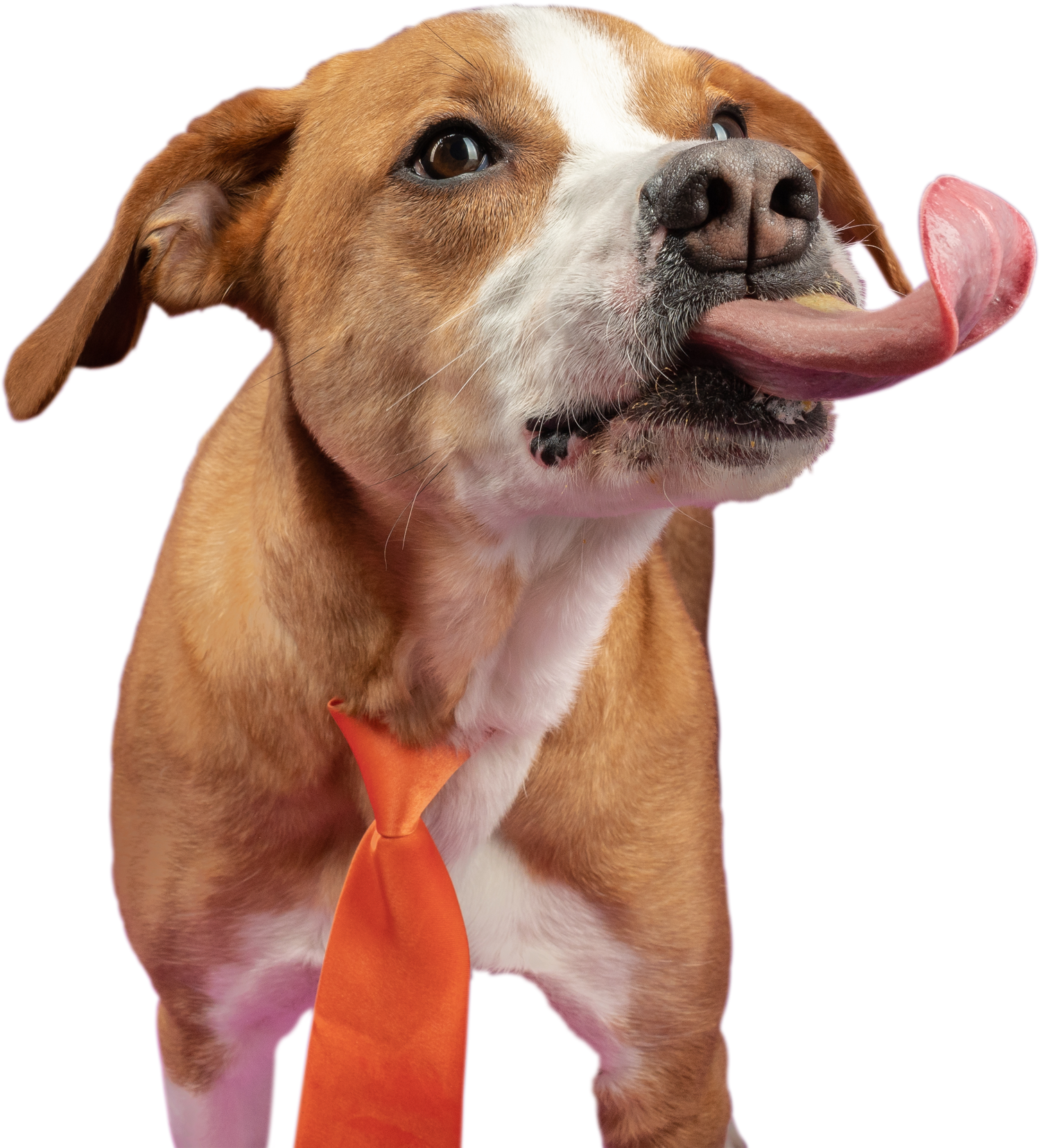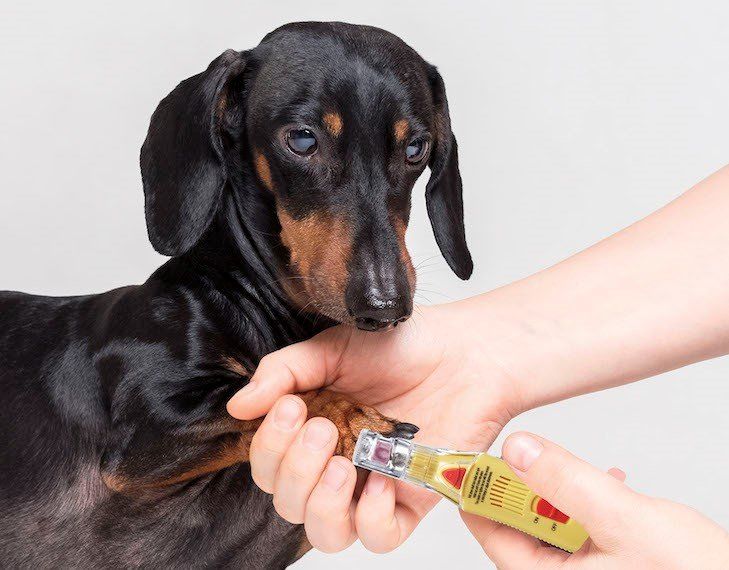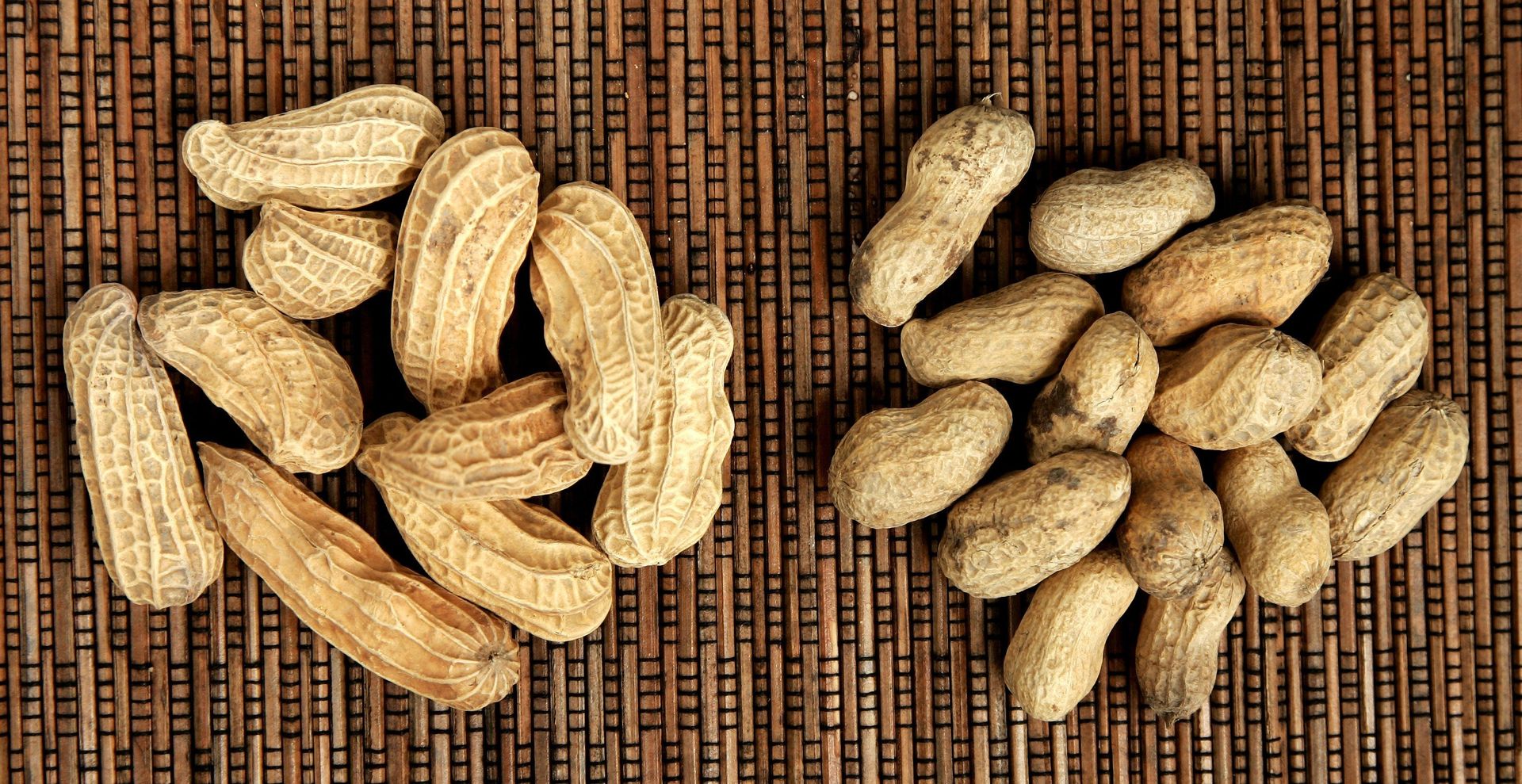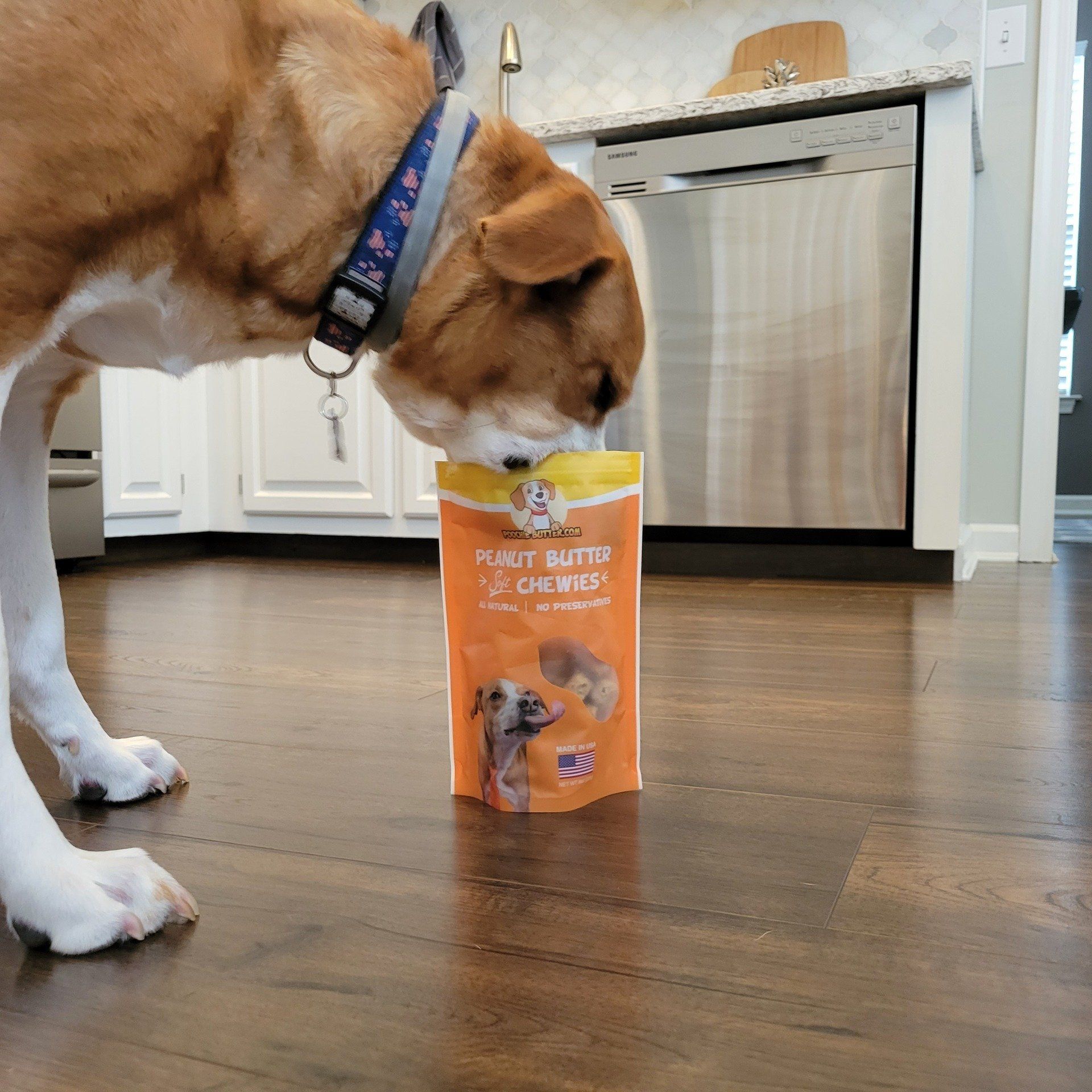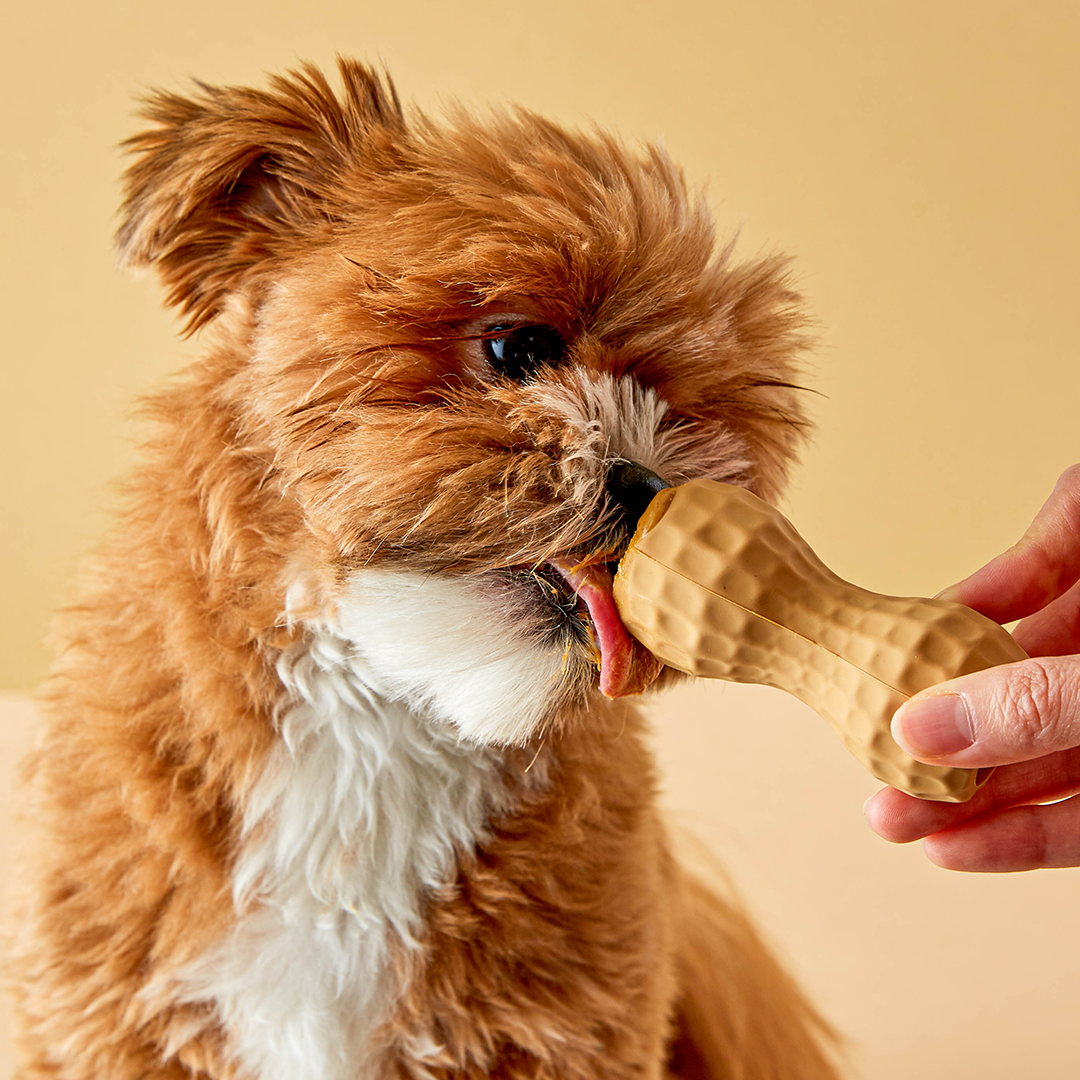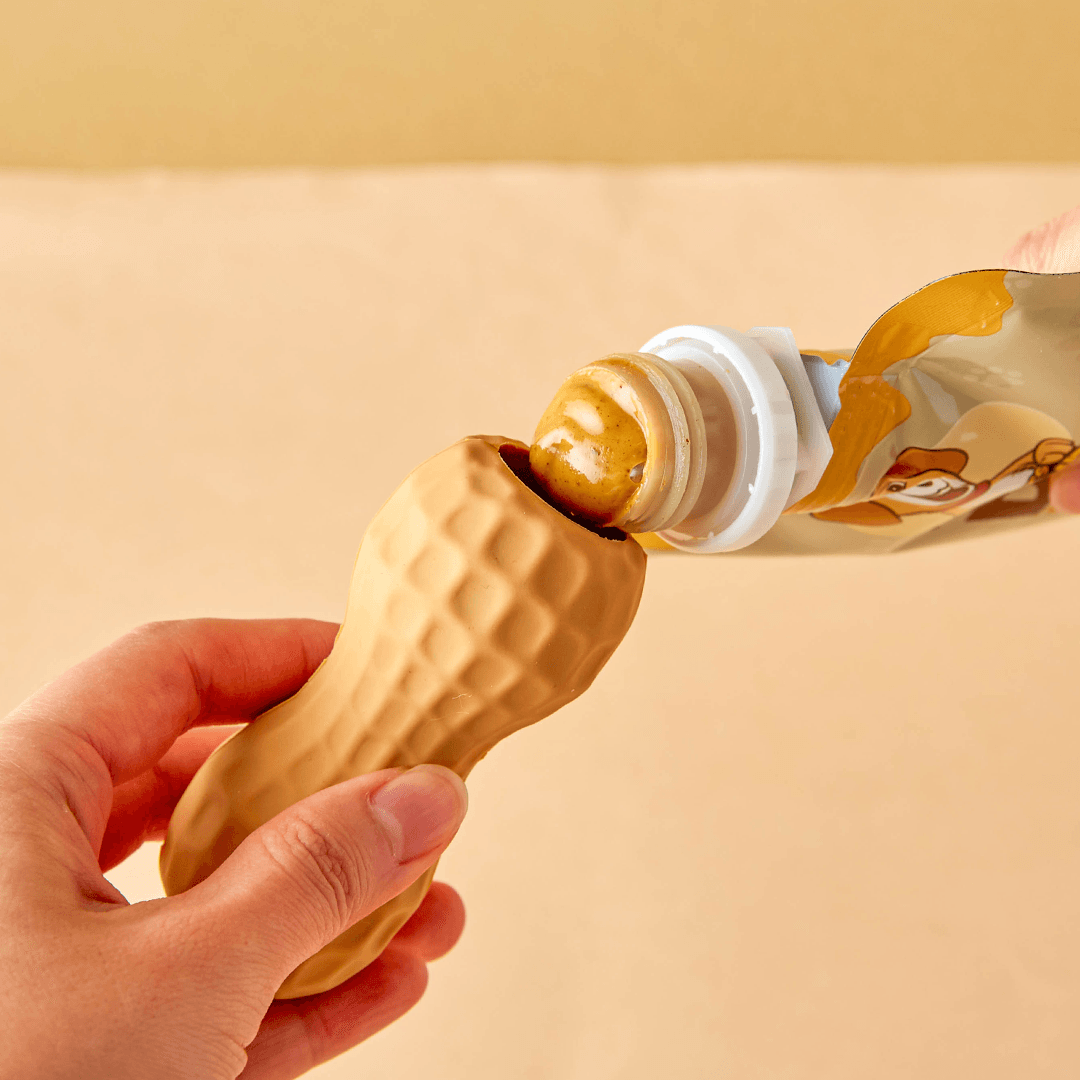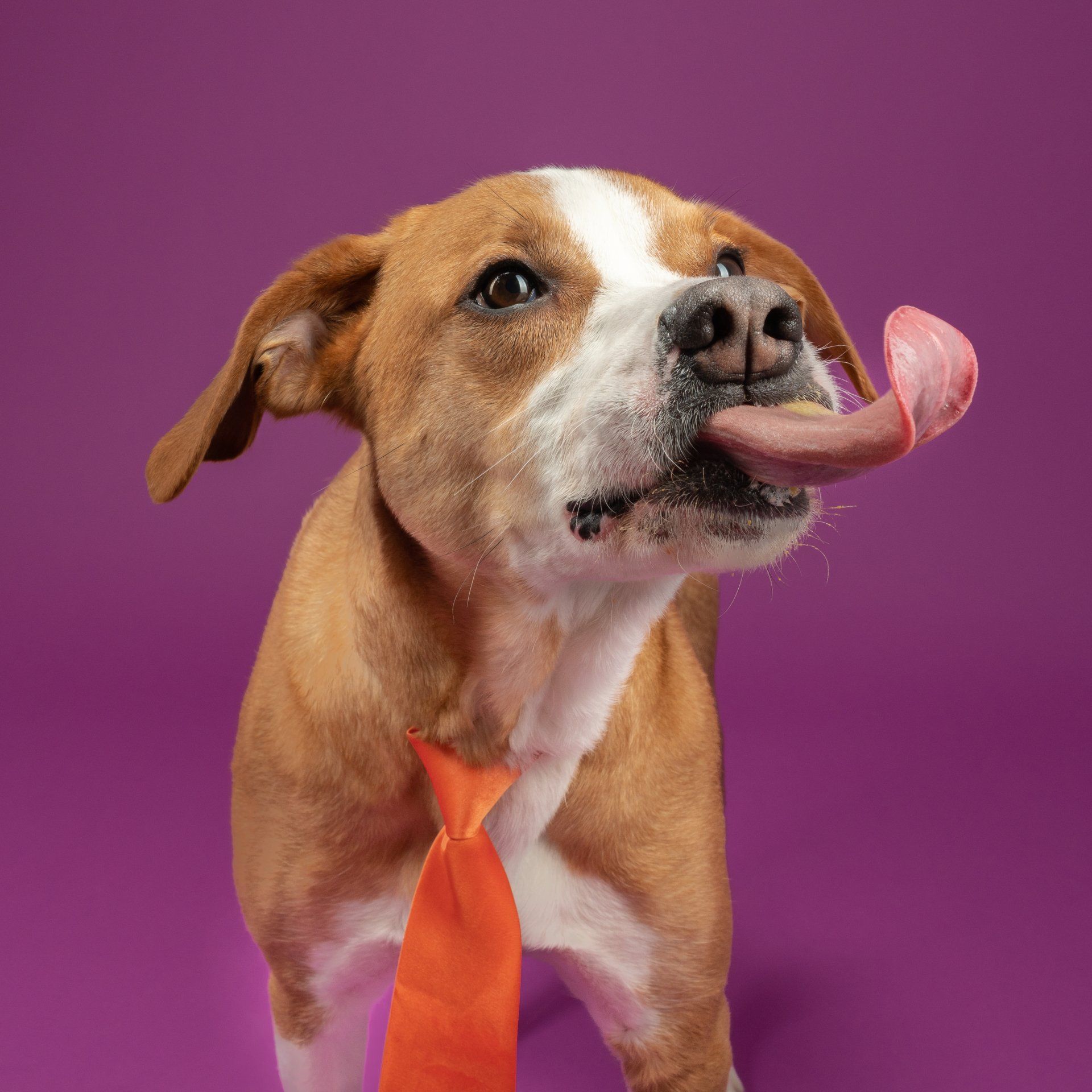Why your dog may not be eating their food | Poochie Butter
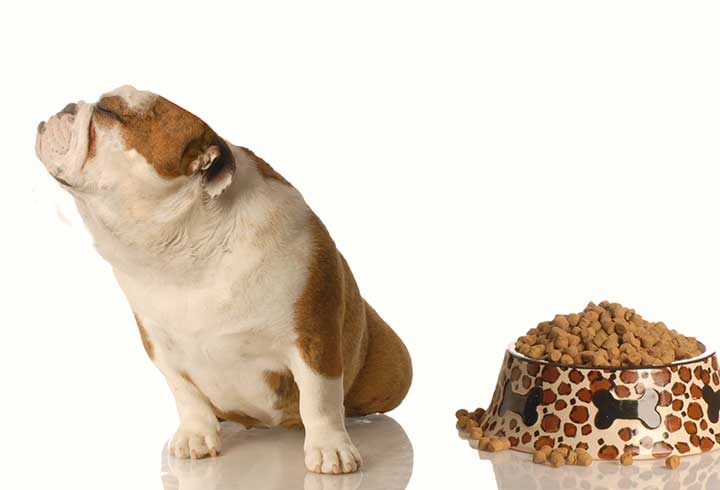
Finicky and picky eating dogs are always a challenge to any dog owner. It can be a source of ongoing frustration in the upbringing of your pooch. First, let’s distinguish these two terms. A “picky” eater is one that only occasionally refuses to eat and can be tempted with a simple cheese slice added to their meal bowl. A “finicky” eater has decided to completely give up dog food.
The causes of such tendencies can be traced to any number of factors. Some common ones are as follows:
1. Basic health issues, especially during early stages of their life. Visit your veterinarian, if any early issues arise.
2. Breed of dogs more prone to be finicky such as Bsenji , Siberian Husky and Yorkie
3. Environmental conditions such as noise vs. quiet
4. Training your dog to stick to dog food over human food.
How can you correct this problem and get your dog eating what and when he or she should? Here are suggestions:
1. Use a dry food topperto stimulate your dog’s appetite. Poochie Butter offers 15% Off their Dry Food Topper with POOCHIE15
2. Spay or neuter your dog. It can help prevent dog’s finicky tendencies in addition to many other benefits.
3. Do not feed from the table, as tempting as it may be. To get your dog reliably tied to dog food, it is important not to get him/her used to human food.
4. Limit the number of treats. Just as with humans, a dog’s appetite can be significantly affected by eating between meals. To ensure your dog eats his/her optimal allowance of his serving, his/her hunger should be at a significant level at “meal time.”
5. Stick to regular time schedule so that your dog gets used to eating at certain times of the day. In the early stages, you may want to try experimenting with different times to see when your dog best responds.
6. Add water and heat to food to increase aroma.
7. Make sure that feeding time is in a quiet and peaceful environment.
8. Exercise your dog just before eating. This will provide a health benefit, not just for your dog but for your own health, as well.
9. Offer a small smorgasbord of humming food and see which they seem to prefer
10. Keep the type of food consistent. Dogs should understand that no options exists.
11. When transitioning, do it gradually and methodically. Combine old food with the new.
